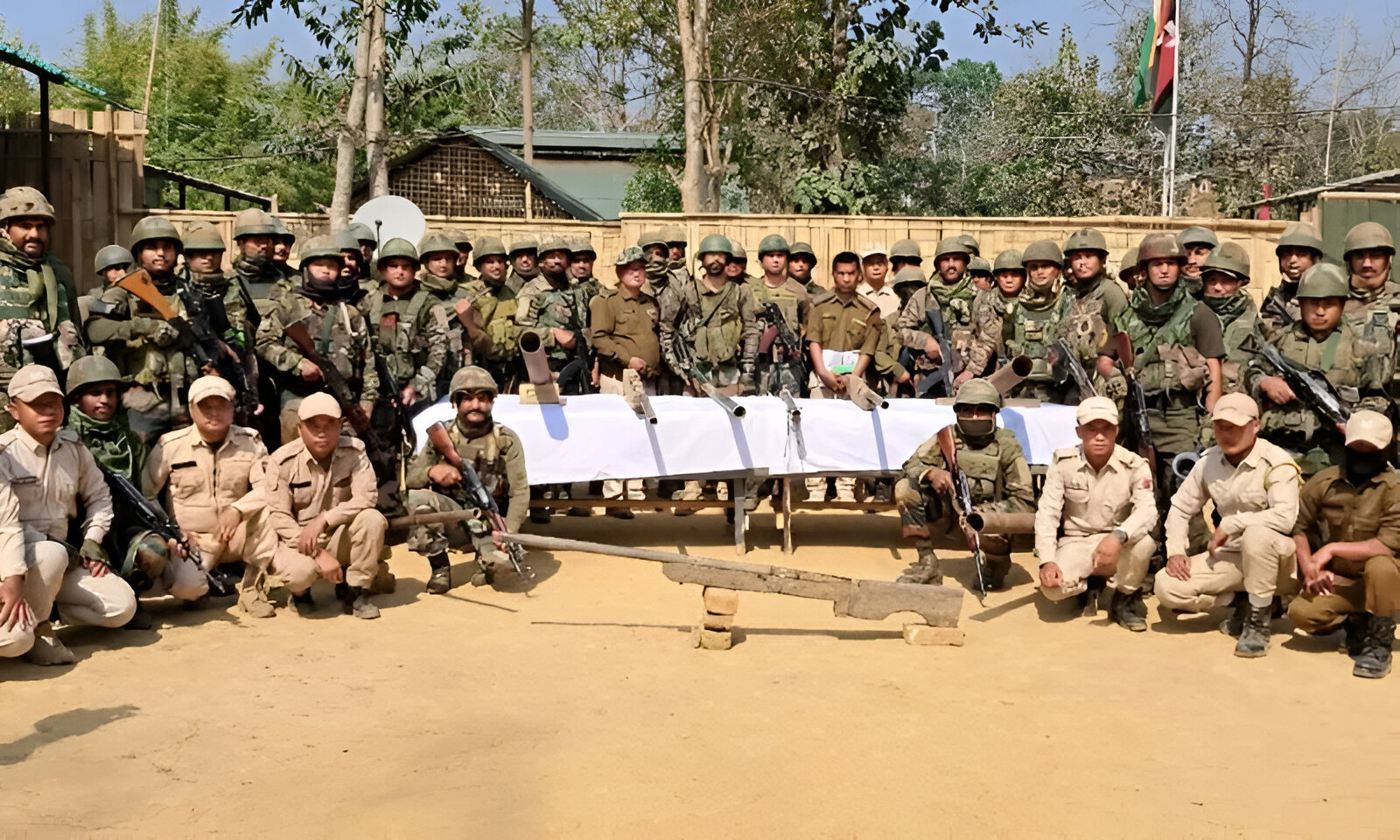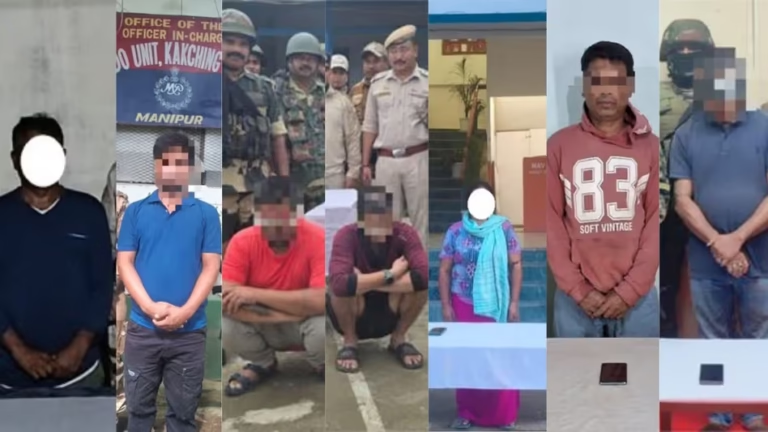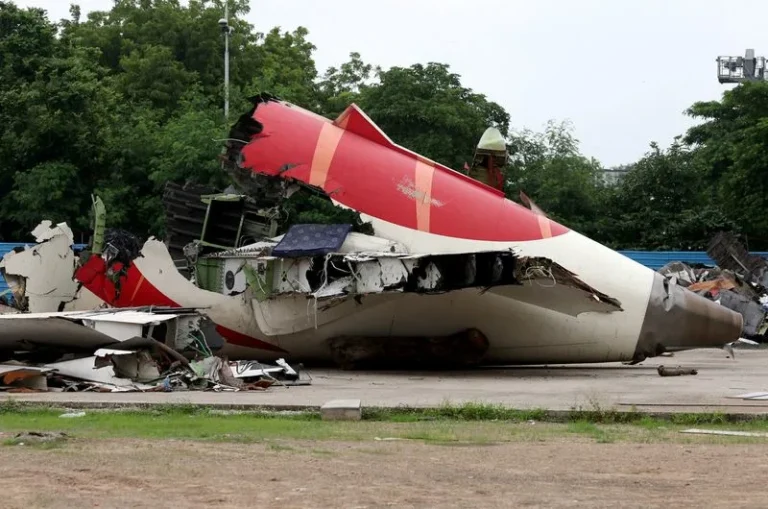Manipur: Indian Army and Police Seize Weapons in Twin Operations
In a significant crackdown on militant activities, the Indian Army, in collaboration with Manipur Police and paramilitary forces, conducted joint operations in Bishnupur and Imphal West districts. These efforts led to the recovery of six firearms, explosives, various ammunition types, and communication devices, marking a substantial disruption of anti-social elements in the region.
A Comprehensive Analysis of the Recent Security Operations in Manipur
Introduction
Manipur, a state nestled in the northeastern corridor of India, has long been a focal point of insurgent activities and ethnic tensions. The recent joint operations by the Indian Army and Manipur Police underscore the persistent efforts to stabilize the region and curb militant influences. This article delves into the intricacies of these operations, the historical context of insurgency in Manipur, and the broader implications for regional security.
The Twin Operations: A Detailed Account
Strategic Locations Targeted
The coordinated operations were meticulously planned and executed in two critical areas:
- Uyok Forest and Inter-Village Uyok Foothills: Situated under the jurisdiction of Nambol police station in Bishnupur district, this dense forest area has historically been a haven for insurgent groups due to its challenging terrain and strategic location.
- Loitang Sandum Hill Range: Located under Sekmai Police Station in Imphal West district, this hilly region’s topography provides natural cover, making it susceptible to militant hideouts.
Seized Arsenal and Equipment
The operations yielded a significant cache of arms and equipment, including:
- Firearms:
- One INSAS rifle (5.56 mm)
- Two 9 mm carbine machine guns
- One Self-Loading Rifle (SLR) with magazine
- One pistol with a damaged magazine
- One modified .303 sniper rifle equipped with a magnifier scope
- One Single-Barrel Breech Loading (SBBL) gun
- Explosives and Ammunition:
- Four No. 36 hand grenades
- Two No. 36 High-Explosive (HE) hand grenades without detonators
- Three live 12-bore cartridges
- Two tear gas grenades
- Four anti-riot rubber bullets
- One tear smoke shell (CS)
- One grenade-launching tube
- Four live High-Definition (HD) cartridges for grenade launchers
- Communication Devices:
- Two Baofeng handheld radio sets
Procedural Follow-Up
Post-operation protocols were diligently followed. The confiscated items were deposited at the respective police stations, and First Information Reports (FIRs) were registered to initiate further investigations.
Historical Context: Insurgency in Manipur
To fully grasp the significance of these operations, it’s essential to understand the backdrop of insurgency in Manipur.
Roots of Insurgency
Manipur’s insurgency traces back to the 1960s, stemming from ethnic tensions, demands for autonomy, and socio-economic disparities. Over the decades, numerous insurgent groups have emerged, each with distinct agendas, contributing to prolonged instability.
Geopolitical Significance
Sharing borders with Myanmar, Manipur’s strategic location has facilitated cross-border insurgent movements and arms smuggling, complicating counter-insurgency efforts.
Recent Trends in Security Operations
The recent twin operations are part of a broader strategy to dismantle insurgent networks in the region.
Notable Operations
- December 2024: Joint operations in Imphal East, Tengnoupal, Yangiangpokpi, and Churachandpur districts led to the recovery of nine weapons, ammunition, and war-like stores. indiatoday.in
- January 2025: A major joint operation across multiple districts from January 6 to 11 resulted in the seizure of a large cache of weapons, ammunition, and warlike stores. indiatoday.in
Patterns and Observations
These operations highlight a consistent effort to target insurgent hideouts, recover illegal arms, and disrupt militant logistics. The seizures of sophisticated weaponry and communication devices indicate the evolving tactics of insurgent groups.
Challenges in Counter-Insurgency Efforts
Despite the successes, several challenges persist:
Complex Terrain
Manipur’s diverse topography, ranging from dense forests to hilly terrains, provides natural cover for insurgents, making operations arduous.
Cross-Border Dynamics
The porous Indo-Myanmar border facilitates the influx of militants and arms, necessitating enhanced border surveillance and international cooperation.
Ethnic Sensitivities
The state’s ethnic mosaic requires culturally sensitive approaches to avoid alienating local communities during military operations.
The Role of Technology in Modern Insurgency
The recovery of Baofeng handheld radio sets underscores the insurgents’ adaptation to modern communication technologies. Such devices enable real-time coordination, posing challenges to security forces.
Countermeasures
To counter this, security agencies are investing in advanced signal intelligence (SIGINT) capabilities to intercept and disrupt insurgent communications.
Community Engagement: A Pillar of Stability
Winning the hearts and minds of local communities is pivotal in counter-insurgency.
Initiatives
- Development Projects: Implementing infrastructure and welfare projects to address socio-economic grievances.
- Dialogue Platforms: Facilitating discussions between the government and community leaders to foster trust and collaboration.
Conclusion
In wrapping up our in-depth look at Manipur’s twin operation against illegal arms, one thing is abundantly clear: the fight against illicit arms trafficking is multi-dimensional. It involves strategic planning, technological innovation, community engagement, and, most importantly, an unwavering commitment to the safety of our people. The successful seizure of weapons in this operation is not merely a tactical victory—it’s a bold statement that the forces protecting our region are vigilant, prepared, and resolute.
This operation stands as a beacon of hope and a call to action. It reminds us that even in regions fraught with challenges, coordinated efforts and collective determination can usher in a future of peace and stability. As we look ahead, the lessons learned from this operation will undoubtedly shape future security initiatives, ensuring that every citizen can live without the shadow of fear. With continued collaboration and innovation, the vision of a secure, thriving Manipur—and by extension, a safer Northeast India—remains well within our grasp.
Frequently Asked Questions (FAQs)
- What was the main objective of the twin operation in Manipur?
The primary goal was to intercept and dismantle an illegal arms smuggling network by seizing a significant cache of weapons, thereby reducing the potential threat of insurgent violence in the region. - How did the Indian Army and Manipur Police coordinate during the operation?
The two forces leveraged their unique strengths—the Army’s tactical expertise and the Police’s local knowledge—to execute a synchronized strike that covered multiple key areas simultaneously. - What types of weapons were seized during the operation?
The operation resulted in the recovery of a variety of arms, including assault rifles, ammunition, explosives, sub-machine guns, and sniper rifles, all of which posed a significant threat if left unchecked. - How does this operation impact the overall security situation in Manipur?
By removing a substantial amount of illicit arms from circulation, the operation not only disrupts criminal networks but also boosts community morale and reinforces the state’s commitment to maintaining peace and stability in the region. - What future measures are planned to prevent illegal arms trafficking in the region?
Authorities are looking to strengthen border security, enhance surveillance through advanced technologies, expand inter-agency collaboration, and promote community vigilance to prevent future smuggling attempts.




